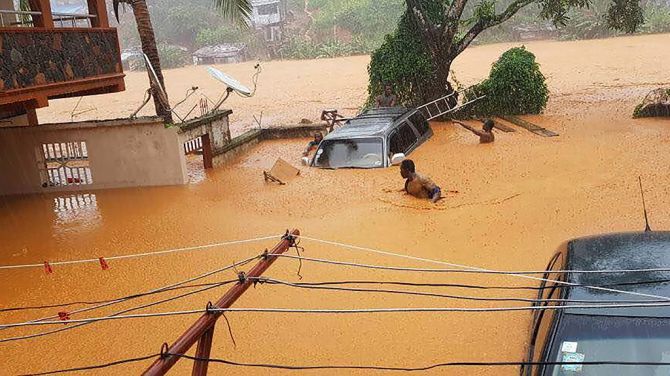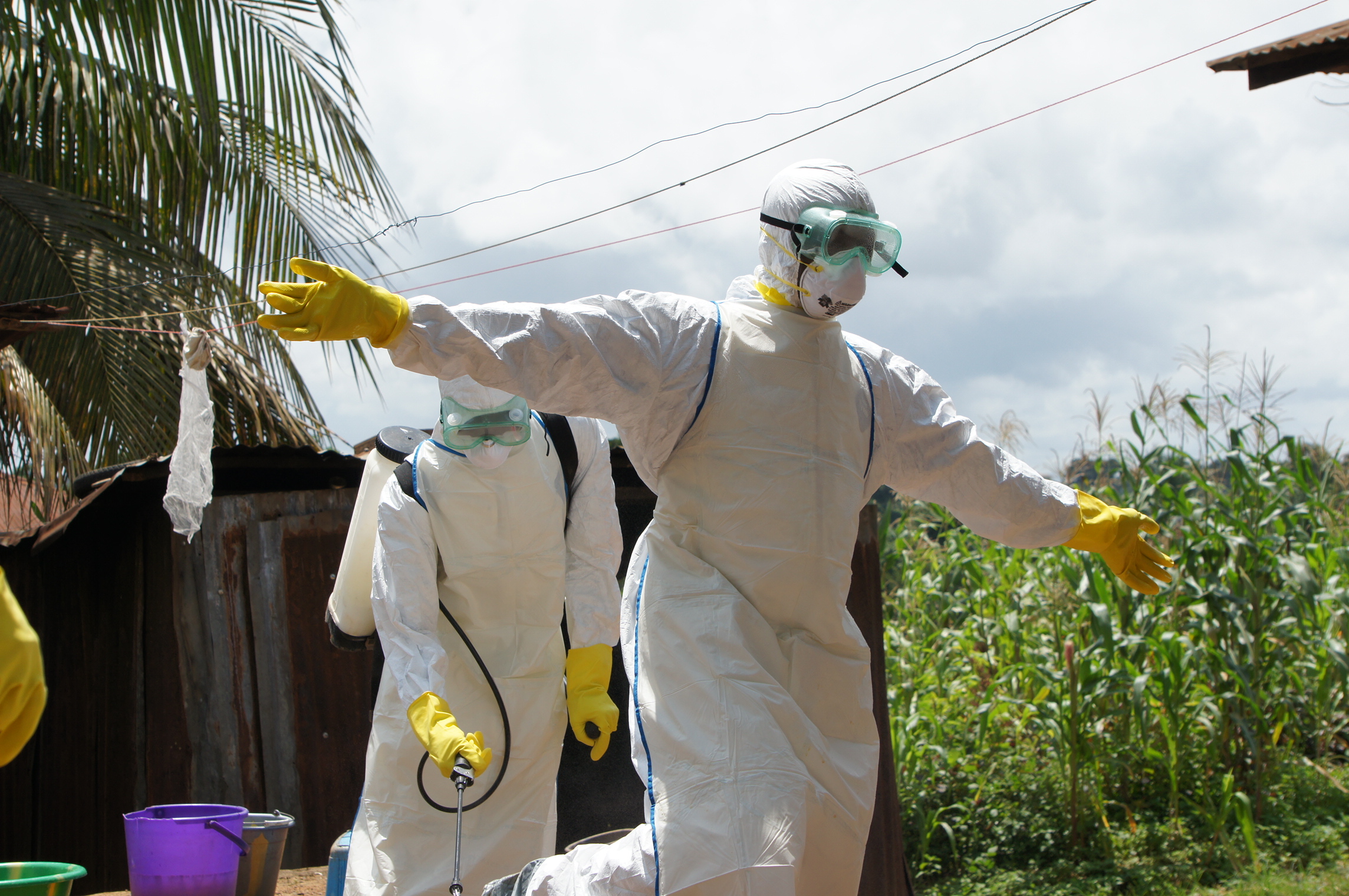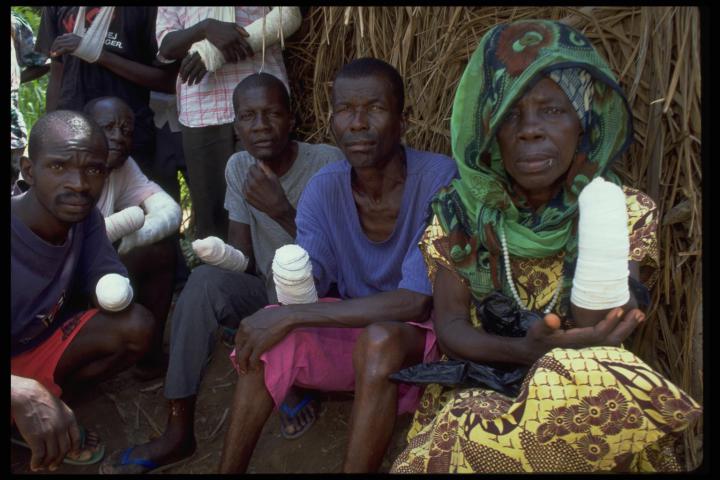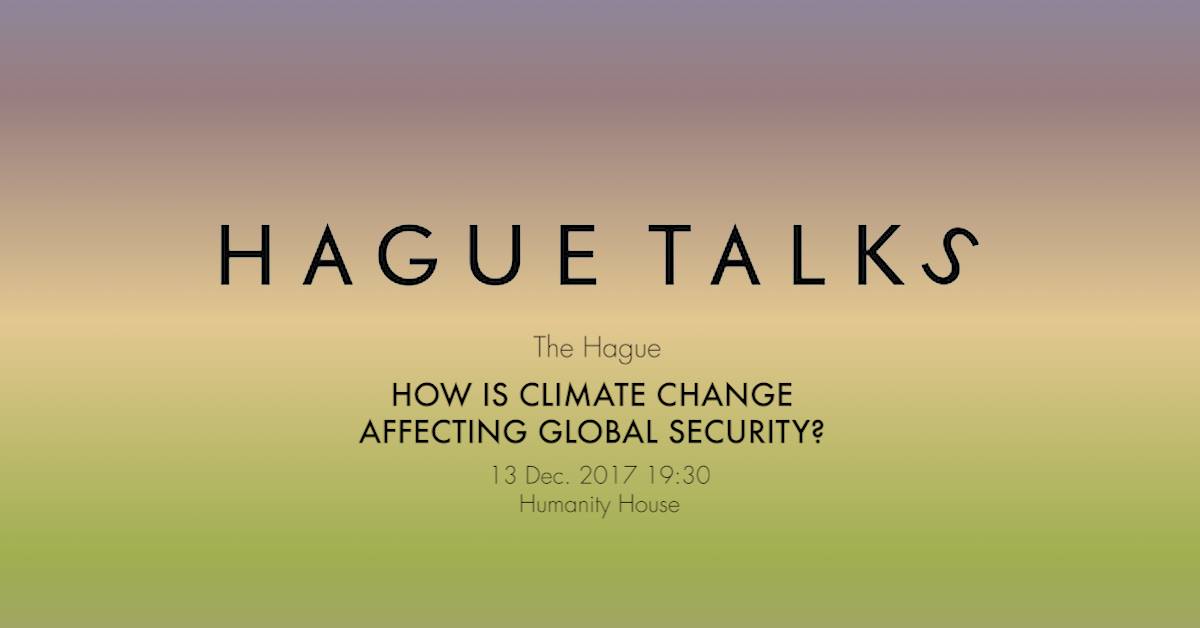Disasters & Conflicts: Sierra Leone. Mudslides, 2017
Mudslides in Freetown, the capital of Sierra Leone, causes hundreds of deaths.

Sierra Leone. Mudslides, 2017
Country: Sierra Leone
Period: August 2017
Type of disaster: Floods and mudslides in the capital Freetown
Disaster: The biggest natural disaster ever to hit Sierra Leone
Estimated number of victims: More than 300 deaths; 3,000 people affected
Heavy rainfall causes a hill near Freetown, the capital of Sierra Leone, to shift. This displacement causes large mudslides, and thousands of homes are completely buried beneath the mud. More than 300 people are killed and at least three thousand left homeless. Hundreds are missing.
The army is deployed to help. Relief workers from the Red Cross are also on hand to help victims of the natural disaster and to search for survivors. According to one Red Cross relief worker: “The mudslide wiped away whole villages. We’re using our bare hands to search for survivors in the mud.”
Rainy season
The natural disaster occurs on the outskirts of Freetown, which lies in the hills. Many poor people built their homes there. Housing construction in the hills increases erosion. In addition, deforestation means that rainwater from the hills flows more rapidly into the valleys. This causes increasingly problems during the rainy season. All the more so because many of the poor neighbourhoods in Freetown were built illegally and have no drainage system. Because of this, rainwater and mud can have catastrophic effects.
Infectious diseases
Relief organizations fear than many people will become sick because of infectious diseases. Major natural disasters such as this mudslide in Sierra Leone carry a serious threat of the spread of diseases like cholera, typhus and diarrhoea.
















